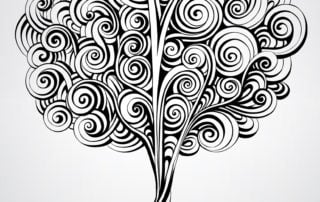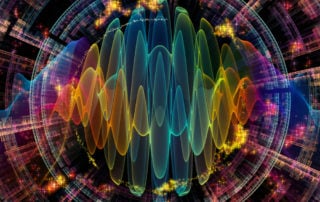The Surrounding Light and the Penetrating Light
The Torah portion Vayakhel deals with the construction of the Mishkan, i.e., the “Tabernacle.” In Kabbalah, the Mishkan is viewed as a microcosm that represents a miniature model of the entire universe—both physical and spiritual. The Mishkan was comprised primarily of two categories of objects. The first category included the coverings that made up the roof and the walls surrounding the Mishkan. The second category included kelim—the objects inside the Mishkan. This is not the first time the description of the coverings and kelim appear in the Torah. In the Torah portion Teruma, G‑d gives Moses detailed instructions for the construction of the Mishkan. Interestingly, in Teruma, G‑d first speaks of the kelim and then of the coverings, whereas in Vayakhel, when Moses instructs the Jewish people, he reverses the order and first [...]



